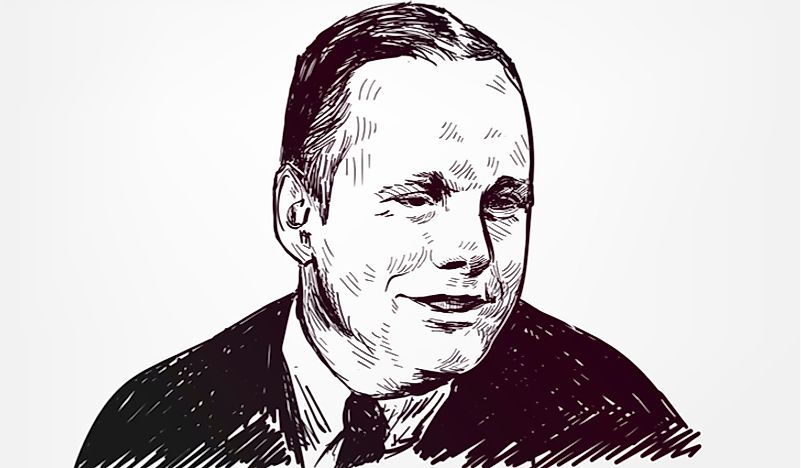Neil Armstrong - Explorer Of The Universe

5. Early Life
Neil Armstrong was born in Wapakoneta, Ohio on August 5th, 1930. As a child, he was enamored with airplanes and air travel, especially after taking his first airplane ride at the age of six. As his aviation interests grew, he pursued flying himself, first receiving his pilot's license at 16 years old. With a scholarship from the U.S. Navy, he studied at Purdue University in 1947. He left school to enter regular Navy service, and flew 78 combat missions as a fighter pilot on active duty in the Korean War. Returning to his Alma Mater, he received a degree in Aeronautical Engineering in 1955.
4. Career
Armstrong was an outstanding pilot and aeronautical engineer, and for this reason he was selected for NASA's burgeoning space-flight program. At the start of his career, Armstrong was already getting ready to be an astronaut as soon as the concept was introduced. As a pilot, he accomplished the setting of many aviation records. He was a test pilot for early models of US fighter planes, as well as the X-1B rocket plane, which reached sound barrier speeds. In the X-15 rocket-engine plane, Armstrong set a record in altitude and speed. Although he was invited by NASA to join its space program, he chose to continue on as a test pilot. Initially, Armstrong simply had more enthusiasm for flying planes than being an astronaut.
3. Discoveries
Throughout his career, Armstrong always displayed a cool and professional demeanor. In his time working as a test pilot and astronaut, he made many contributions to the U.S. Navy flight programs and to NASA's space program. As a U.S. astronaut for NASA, he became the first man to step foot onto the moon's surface. Armstrong also explored the moon's surface alongside “Buzz” Aldrin as they set up scientific research instruments. They also planted a commemorative plaque and the U.S. flag into the surface of the moon. Although his final moon mission was on the Apollo 11 program in 1969, Armstrong continued on with NASA and other government posts. Later on, he also worked for private corporations.
2. Challenges
At different times in his career as a fighter pilot, test pilot and astronaut, Armstrong impressed his superiors by how he responded to challenges with aplomb and professionalism. Even when there were minor failures and accidents, he responded and walked away from them with a cool and calm demeanor. One of his greatest challenges following Apollo 11 arose in 1986, during the Challenger space shuttle disaster investigation. He was on the Presidential Commission as Vice Chairman and did a great job, staying calm under pressure just as he had as a pilot. Later in life, Armstrong expressed great concern about NASA's space program, testifying in Congress in response to the Obama administration's cancellation of NASA's Constellation program.
1. Death and Legacy
In his late years, he continued on to play a role in making the general population more aware that of the importance of space exploration to America. On August 25th, 2012, he died from cardiovascular procedure complications in Cincinnati, Ohio. Everyone will remember his words as he stepped down on the moon's surface: "One small step for man, one giant leap for mankind." His legacy was possibly best summed up in a statement from his family. "For those who may ask what they can do to honor Neil, we have a simple request. Honor his example of service, accomplishment and modesty, and the next time you walk outside on a clear night and see the moon smiling down at you, think of Neil Armstrong and give him a wink."











